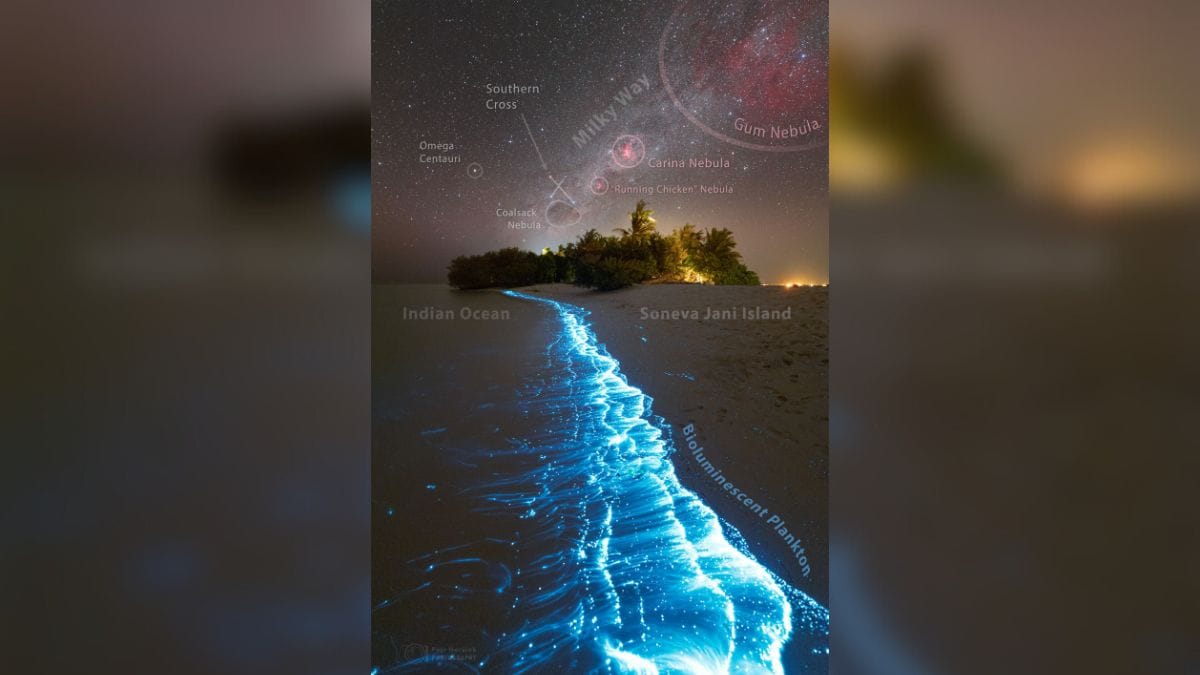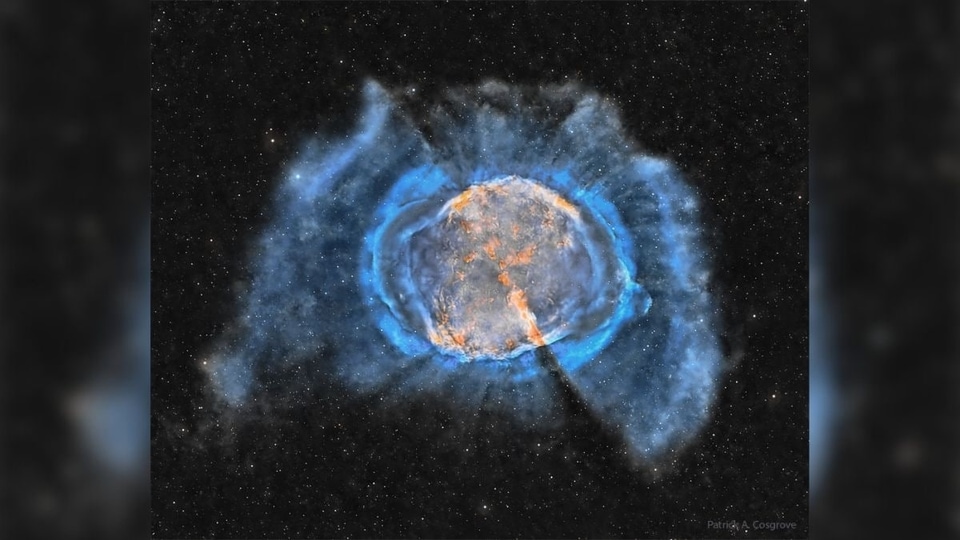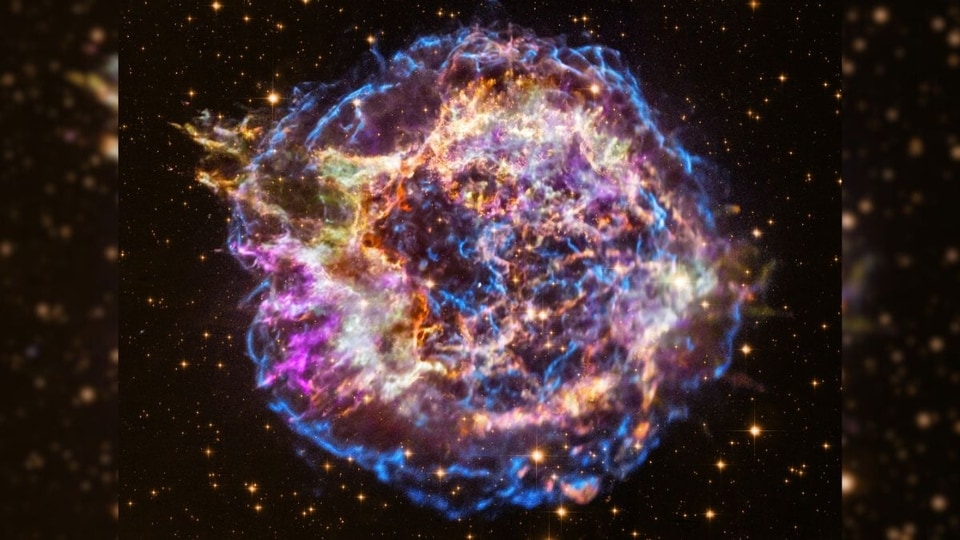NASA Astronomy Picture of the Day 7 June 2023: Breathtaking Double Ring Galaxy
Today’s NASA Astronomy Picture of the Day is a snapshot of M94, also known as the Double Ring Galaxy that contains over 40 billion stars.






 View all Images
View all ImagesJust a couple of days ago, we saw a breathtaking snapshot of the Trifid Nebula, the 20th object discovered by the French astronomer Charles Messier. Similar celestial objects were studied and catalogued by Messier in Catalogue des Nébuleuses et des Amas d'Étoiles and the catalogue is today known as the Messier Objects which contains 110 objects. Over the past few months, we've seen several amazing images of celestial objects as part of NASA Astronomy Picture of the Day, which is published on a daily basis featuring astrophotographers from around the world.
Today's NASA Astronomy Picture of the Day is a snapshot of M94, also known as the Double Ring Galaxy that contains over 40 billion stars. According to NASA, the Double Ring Galaxy is located about 15 million light-years away towards the constellation of Canes Venatici, also known as the Hunting Dogs. M94 was discovered by another French astronomer named Pierre Mechain in 1781 and catalogued by Charles Messier two days later.
Tech used to capture the picture
This awesome snapshot was captured by astrophotographer Brian Brennan using a ZWO ASI2600MM Pro Camera, Explore Scientific ED 102 mm APO Refractor Telescope, and William Optics UniGuide Scope mounted on ZWO AM5 Harmonic Equatorial Mount.
NASA's description of the picture
Most galaxies don't have any rings of stars and gas -- why does M94 have two? First, spiral galaxy M94 has an inner ring of newly formed stars surrounding its nucleus, giving it not only an unusual appearance but also a strong interior glow. A leading origin hypothesis holds that an elongated knot of stars known as a bar rotates in M94 and has generated a burst of star formation in this inner ring. Observations have also revealed another ring, an outer ring, one that is more faint, different in color, not closed, and relatively complex. What caused this outer ring is currently unknown. M94, pictured here, spans about 45,000 light years in total, lies about 15 million light-years away, and can be seen with a small telescope toward the constellation of the Hunting Dogs (Canes Venatici).
Catch all the Latest Tech News, Mobile News, Laptop News, Gaming news, Wearables News , How To News, also keep up with us on Whatsapp channel,Twitter, Facebook, Google News, and Instagram. For our latest videos, subscribe to our YouTube channel.





























